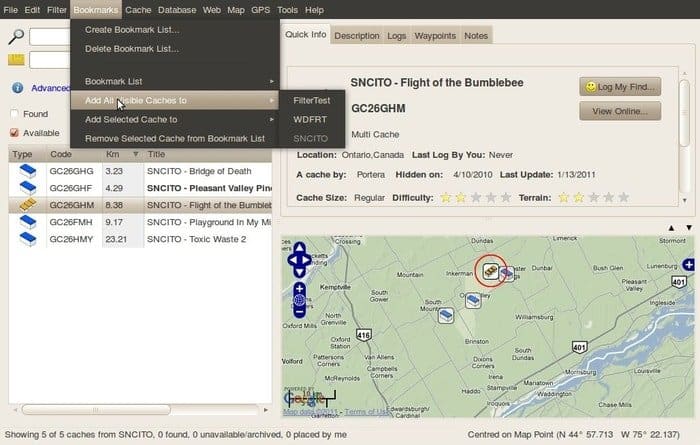

CrossOver essentially takes the Wine software and packages it so that it’s guaranteed to work properly with popular applications like Photoshop, Office, and even popular games. CrossOver is a commercial product so it will cost you money, although CodeWeavers offer a free trial. If Wine seems like too much of a pain, you may want to try CrossOver Linux. The applications will still be running in a virtual machine, but their windows will appear seamlessly on your desktop, as if they were running on Linux. To integrate the Windows applications with your desktop, you can use VirtualBox’s seamless mode or VMware’s Unity mode. This doesn’t apply to games - virtual machines don’t have very good 3D graphics support, so all but the oldest games will fail to run. This is especially true after you’ve tweaked those virtual machines for speed. Virtual machines introduce some overhead, but with today’s fast CPUs, running many types of software in a virtual machine shouldn’t be a problem. You can install windows software in the virtual machine and run it on your Linux desktop. Install Windows in a virtual machine program like VirtualBox, VMware Player, or KVM and you’ll have Windows running in a window. While Wine may have bugs or crashes when installing applications, a virtual machine will be able to run those desktop applications just fine.

The Netflix Desktop app uses a patched version of Wine to run Netflix on Linux - Silverlight doesn’t work properly with the current version of Wine. You can also try using an application like PlayOnLinux, which helps automate the process of installing supported games and other software in Wine. While Wine can be used to run desktop applications like Photoshop and Microsoft Word, these will run flawlessly in a virtual machine (see below).

Wine is frequently used for games, as games are the one type of software that can’t run in a virtual machine. Before you do, you should take a look at the Wine Application Database website, which will tell you how well an application runs in Wine. Print("canlib dll version:", canlib.dllversion())įrame = Frame(id_=100, data=, flags= run an application in Wine, you can install Wine and use it to launch an installer’s. Now we can write a small Python program, sendReceiveSingleCanMsg.py, that sends a CAN message on channel 1 and receives the same CAN message on channel 0: # 01_sendReceiveSingleCanMsg.pyĬh = canlib.openChannel(channel, openFlags)Ĭanlib.ChannelData(channel).card_upc_no)) Depending on your Linux distribution, if you are using Python v3, you would perhaps be using pip3 instead of pip in order to install the Python package in the correct place.


 0 kommentar(er)
0 kommentar(er)
